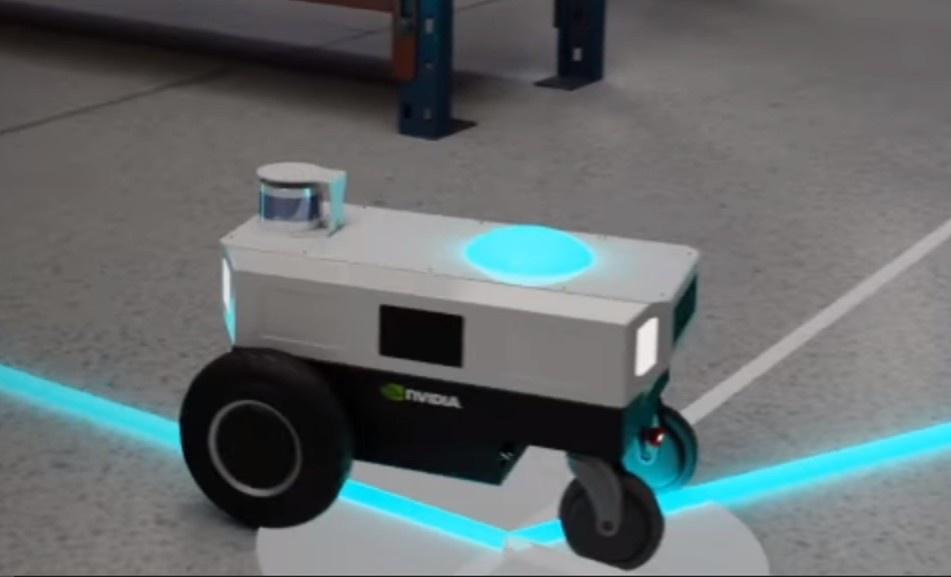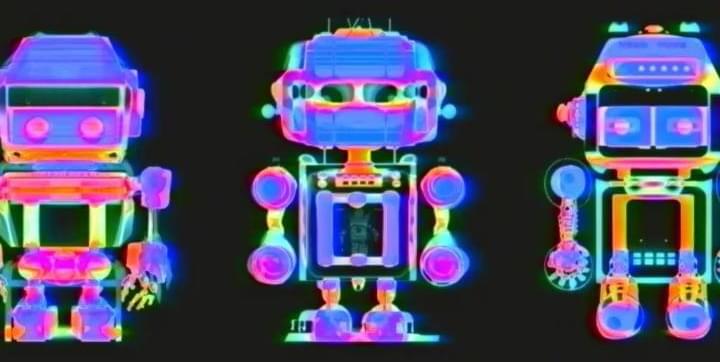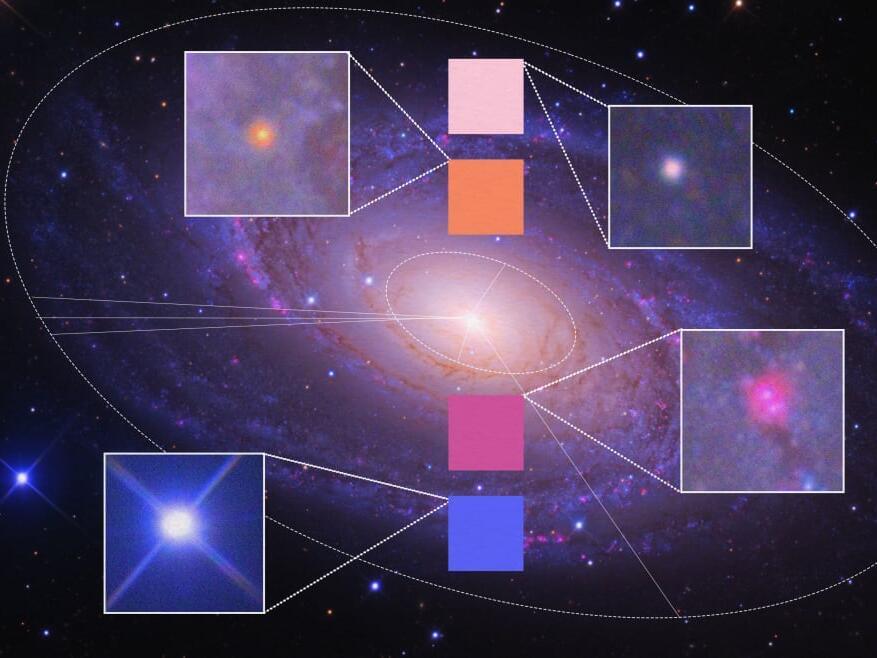Mar 19, 2023
COQUI : A Generative AI Speech Innovation Will Revolutionize This Market
Posted by Gemechu Taye in categories: information science, quantum physics, robotics/AI
Since the recent announcements of OpenView’s ChatGPT, Google’s Bard, and Baidu’s ChatBot, the industry has been in a frenzy advancing Generative AI products and solutions. Brainy Insights estimates that the generative AI market will grow from USD $8.65 billion in 2022 and reach USD 4188.62 billion by 2032. This translates to over 36% CAGR making generative AI one of the next hottest areas to elevate AI innovations. The software segment will account for the highest revenue share of 65.0% in 2021 and is expected to retain its position over the forecast period.
What is Generative AI?
Generative AI is a form of AI that produce various types of content including text, imagery, audio and synthetic data. The recent buzz around generative AI has been driven by the simplicity of new user interfaces for creating high-quality text, graphics and videos in a matter of seconds. Although not a new technology, the introduction of generative adversarial networks, or GANs which is a type of machine learning algorithm has advanced the innovations in using this form of AI.
Continue reading “COQUI : A Generative AI Speech Innovation Will Revolutionize This Market” »


















